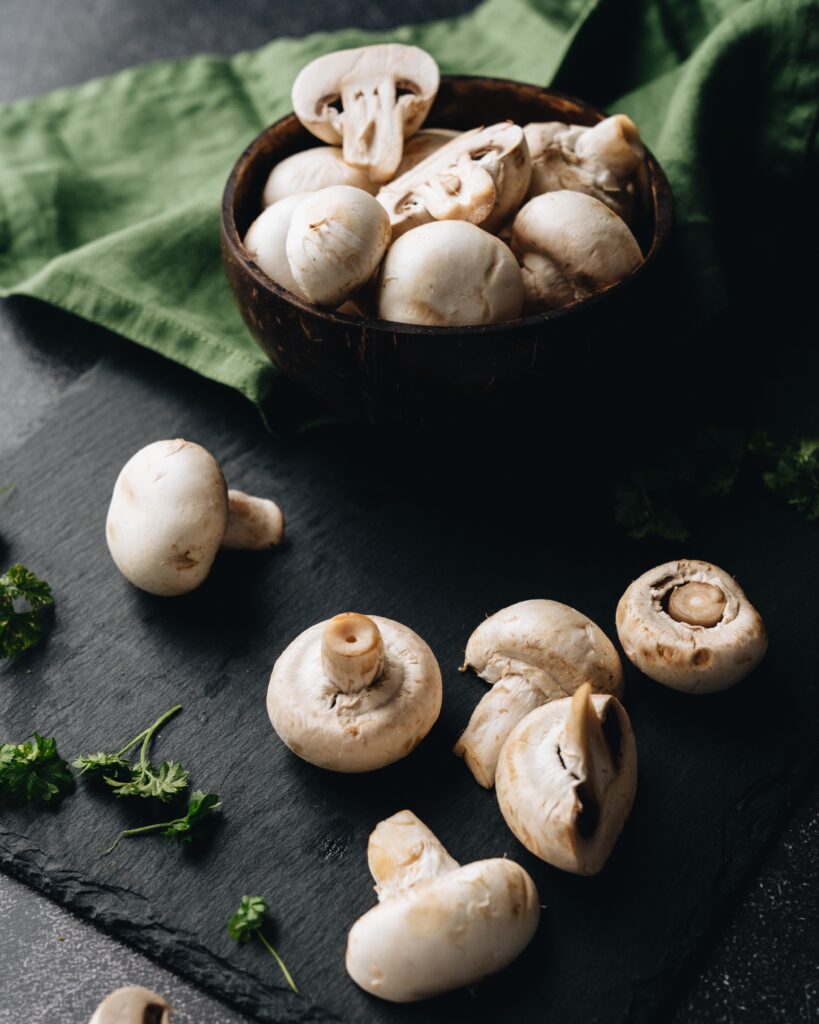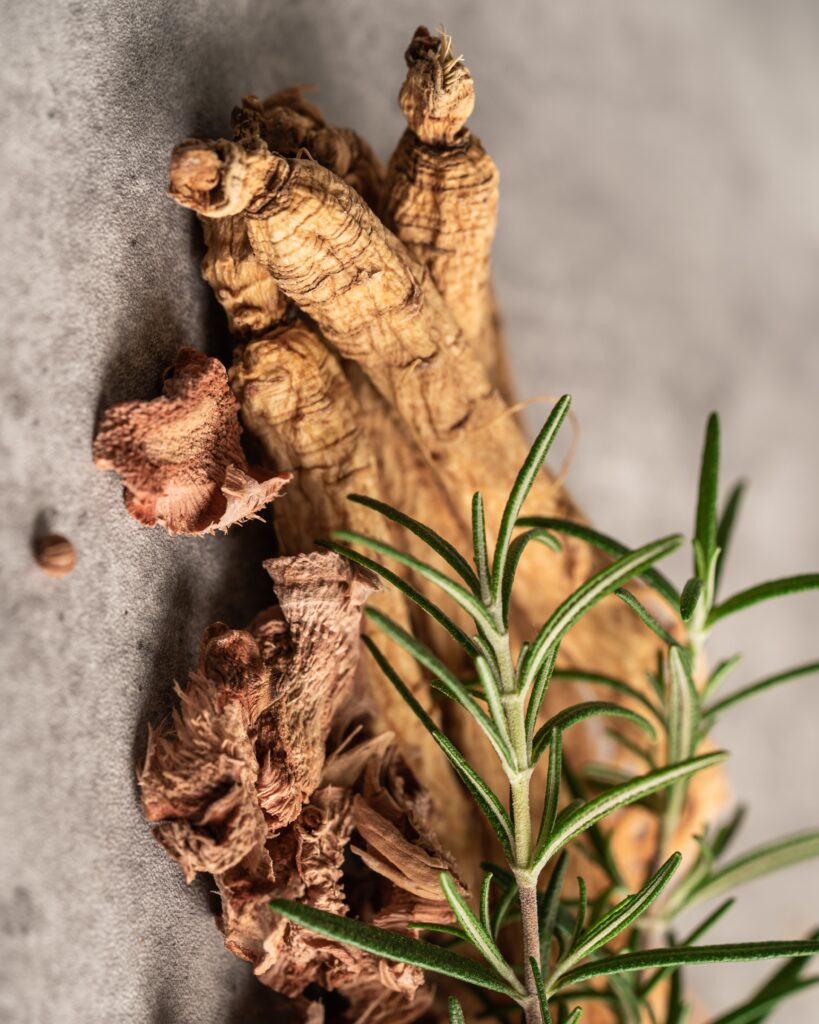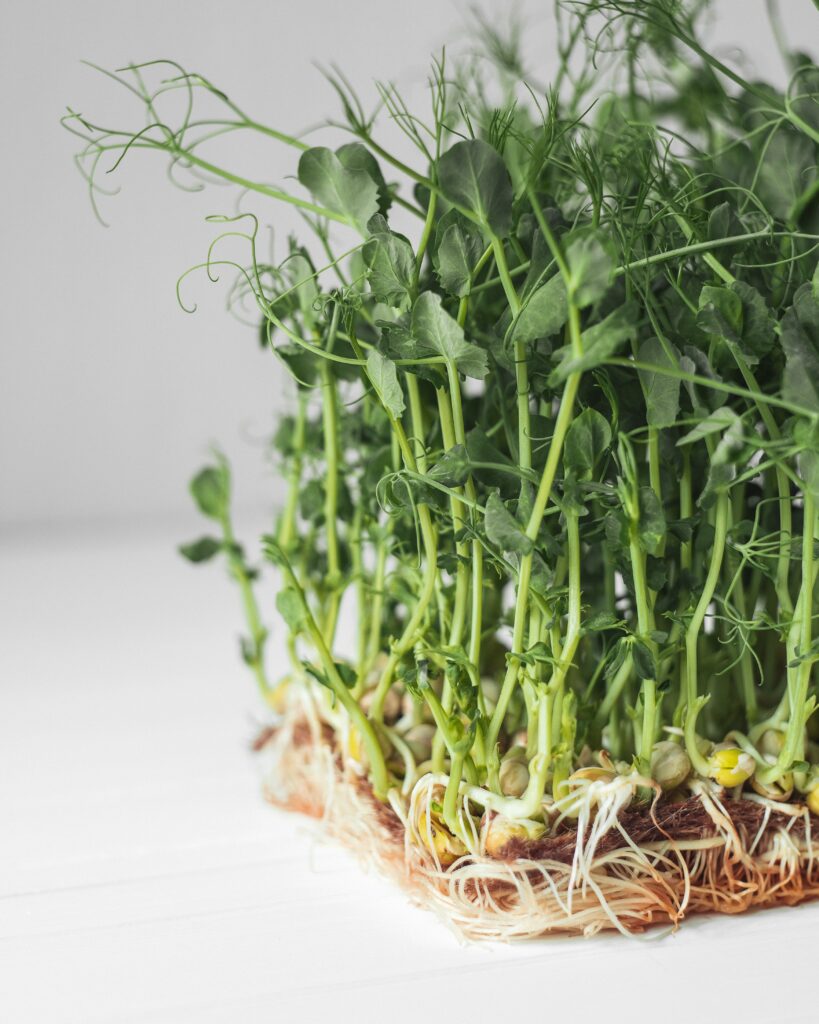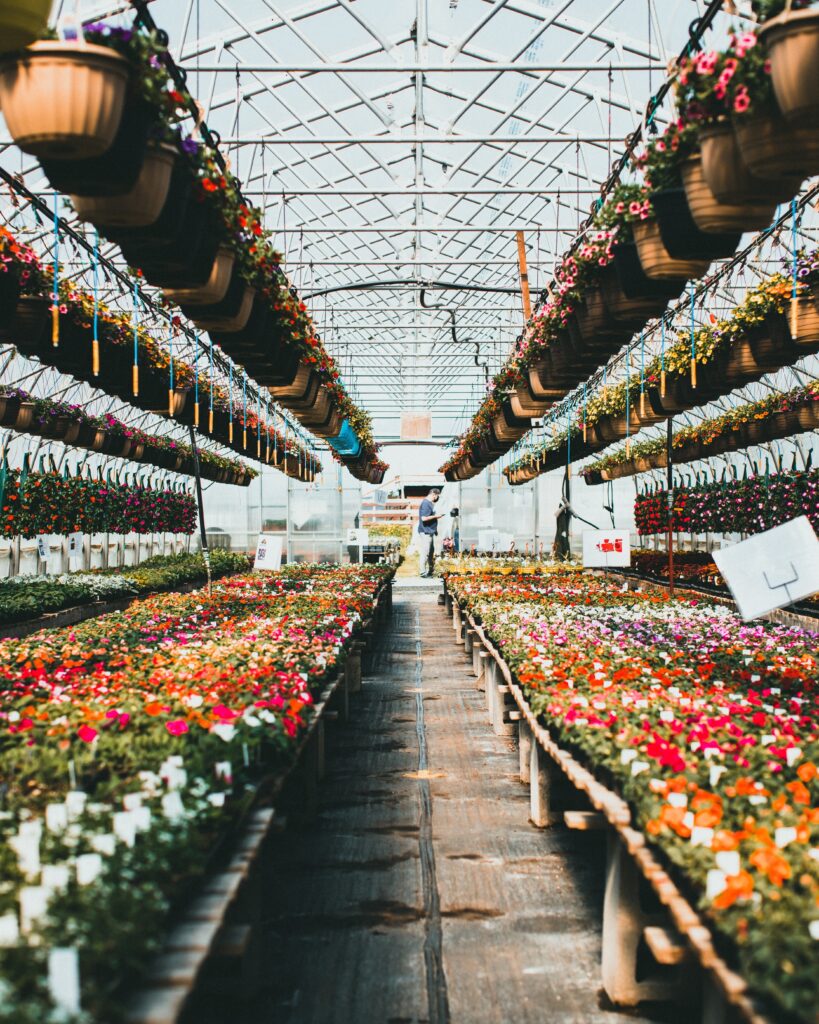There are plenty of profitable crops that you could grow on your small farm. For example, you could grow vegetables, fruits, grains, and/or livestock. Each of these crops has the potential to bring in a good profit if you know how to market and sell them properly. With a little bit of research, you can find out which crops are most profitable in your area and start growing them on your farm.
There are many different factors to consider when deciding which crops are right for your situation. Main factors include climate and soil. Other important factors include the amount of space you have, sunlight the area gets, and water available. You will also need to consider what you want to use the crops for. With all of these factors in mind, you can narrow down your options and choose the best crops.
Some of the most profitable crops include:
1. Mushrooms
Mushrooms can be a great crop for urban farmers or anyone who doesn’t have a lot of extra space to work with. They don’t take up much room and can be grown in a variety of ways, making them a versatile option for small-scale farmers. Plus, mushrooms are a healthy and delicious addition to any diet.

2. Ginseng
Ginseng, which is nicknamed “green gold,” is a slow-growing plant whose value is mainly in its roots. For thousands of years, Asians have valued ginseng for its healing properties and use as a tonic. Even though it takes six years to mature, growers can sell seeds, rootlets, and mature roots for a profit. In fact, over a six-year period, a half-acre plot can earn a grower up to $100,000. Because of its value, ginseng has been prized as a specialty crop since George Washington’s day. In fact, during the Revolutionary War, ginseng profits helped finance the fight against the British. Ginseng can only be grown in areas with cold winters.

3. Microgreens
Microgreens are a great option for people who want to get into gardening, but don’t have a lot of space. You can start growing them in just a few trays and begin making an extra few hundred dollars per month immediately. You can then harvest them even when they are just a few inches tall and use them as a garnish or to add a pop of color to a dish. But you can also be eat them on their own as a healthy snack. When you start growing your microgreens on a larger scale, you’ll likely want to start using shelving to help with the growth process. Shelving can provide more space for your microgreens to grow, as well as improve air circulation and sunlight exposure.

4. Landscaping Trees and Shrubs
There is a growing trend of small, backyard plant nurseries popping up and finding success. These nurseries specialize in unique or hard-to-find tree and shrub varieties, and are able to charge premium prices for their plants. The key to success for these nurseries is finding a niche that they enjoy and then growing the varieties that cannot be found at your average plant store.

5. Flowers
Flowers are a high-value specialty crop that can generate income in the first year of production. A flower growing business can be quite profitable, with a wide range of products. This includes bulbs, cut flowers, and dried flowers. Starting a flower growing business is relatively inexpensive, with a few dollars needed for seeds and supplies. Most small growers find plenty of buyers at local Saturday markets.

Small farms have a lot of moving parts. It’s important to carefully consider what you grow to make sure it fits well with your space, market, and time inputs. Diversifying your farm’s offerings can be a great way to maximize your chances of success, but it’s important to make sure that you’re not biting off more than you can chew. Growing something that is well suited to your specific farm will help you make the most of your resources and produce a higher quality product.
Planning to start your farm business? Check out these beautiful properties for sale in Virginia and North Carolina!





